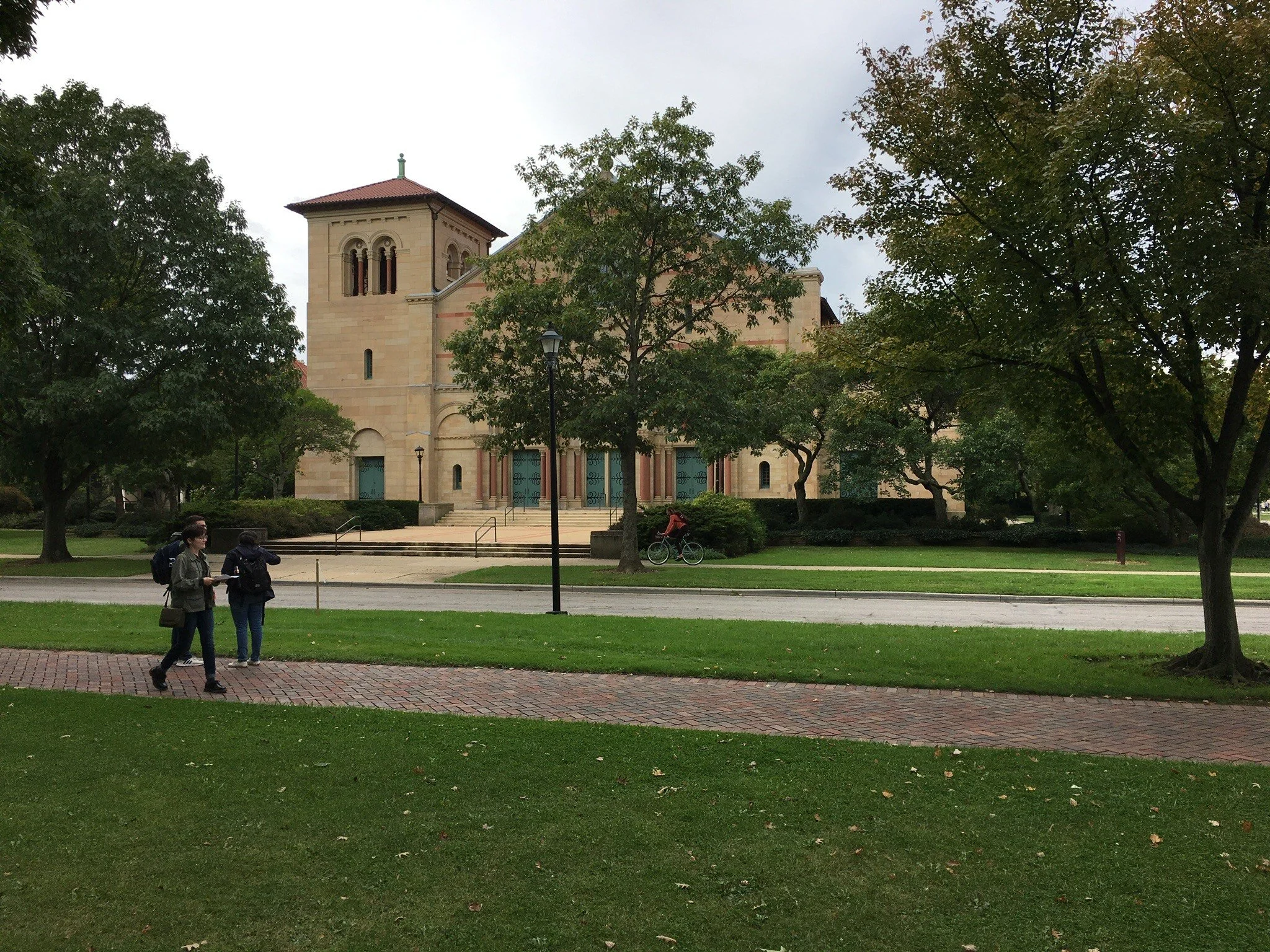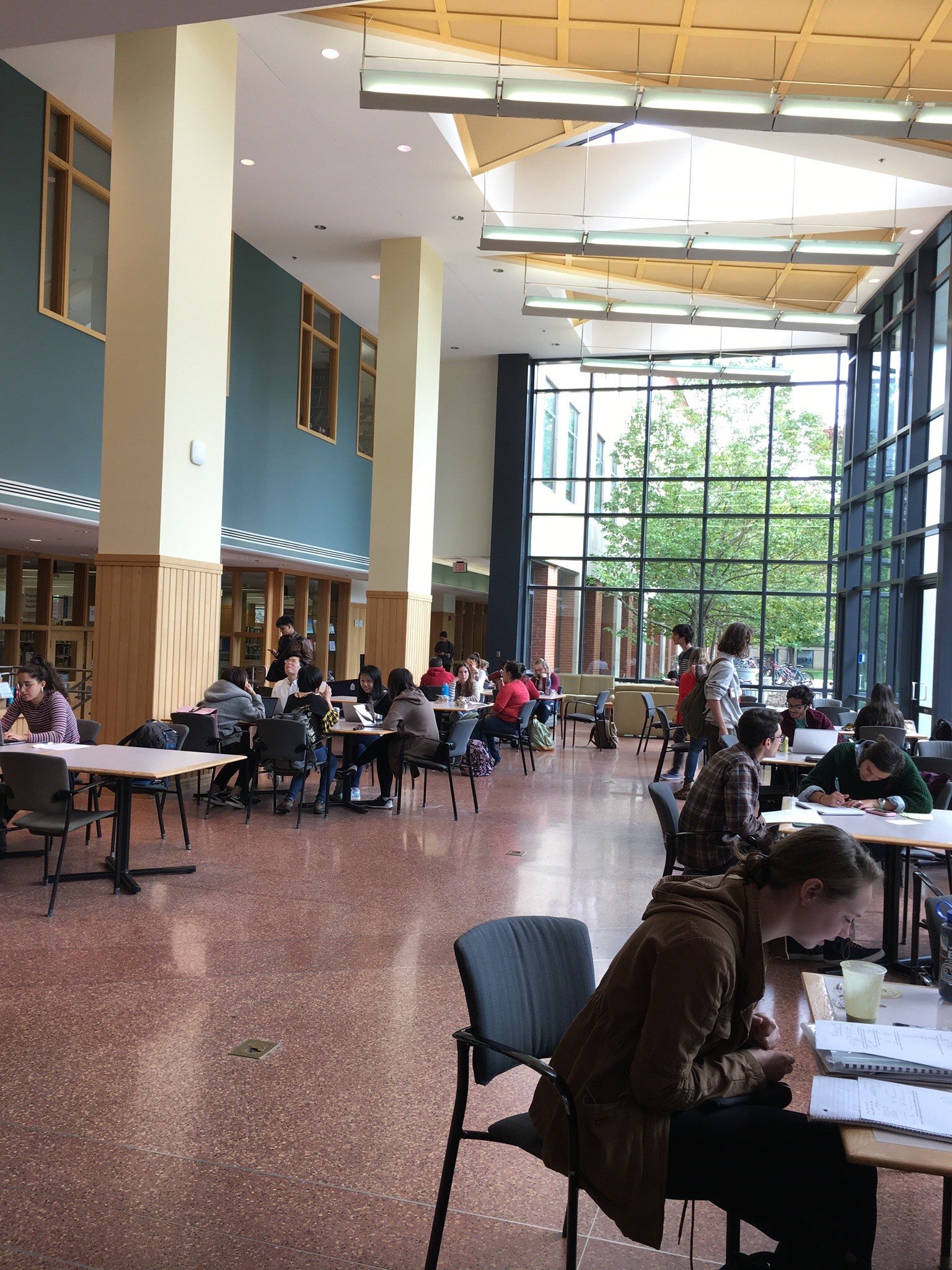Campus Close-Up: Oberlin College and Conservatory - Oberlin, Ohio
Quick Stats:
Private, Liberal Arts College & Conservatory of Music
Size: 2800 | Conservatory: 600
Student-Faculty Ratio: 9:1
Acceptance Rate: 36%
Degrees offered: B.A., B.M., double degree program (5 years)
SAT/ACT optional
No application fee to apply!
Virtual “Junior Visit” Program – next one is on Feb. 15, 2021
Financial aid: meets 100% demonstrated financial need
Fun Facts:
The first college to admit African-Americans
The first college to admit women
One of the stops on the Underground Railroad
The oldest continuously running conservatory of music
An all-Steinway school (pianists take note)
Only one of three U.S. conservatories within a liberal arts college
EXCO- an experimental college where students and townspeople learn together.
Winter term option: a four-week immersive experience outside of traditional courses.
The annual Drag Ball!
Campus Vibe
Oberlin’s motto, “Think one person can change the World? So do we,” springs from its past as an educational leader at the forefront of history and social change. The typical Obie is characterized as liberal, passionate, well-informed, multi-talented, inquisitive, and experimental. Due to the undergraduate emphasis at Oberlin’s world-renowned conservatory and college, students benefit immensely from studying with professors in small classes. Without the competition of graduate programs, ample opportunities exist for undergraduate research and performance. The strengths of each school really contribute to the dynamic campus culture and students describe the atmosphere as competitive but supportive, with many graduates continuing on to top graduate schools. The integration of the College and Conservatory on a compact campus can be particularly attractive for the student in the double degree program.
Even though it is located in a small, Midwestern town 30 miles outside of Cleveland, there is plenty to do on campus with nearly 200 clubs and a vibrant music scene, including the famed Cleveland Orchestra performing regularly on campus. Students often report that there is a multitude of activities on Oberlin’s calendar on any single day! Strolling on campus on an autumn day, I was struck by the bustling energy and sounds of students talking in clusters everywhere, hanging out in Tappan Square, practicing inside and outside the music building, and eating with faculty in The Feve bistro, a popular hangout; I also appreciated the variety of architectural styles ranging from Italian Renaissance, 19th-20th century organic stone to the iconic white music building, designed by renowned architect Minoru Yamasaki. With everything happening on one cohesive campus, Oberlin offers students many opportunities for cross-disciplinary projects, performances, experiments, internships, and research, which all contribute to the unique liberal arts experience that makes Oberlin so distinct.


